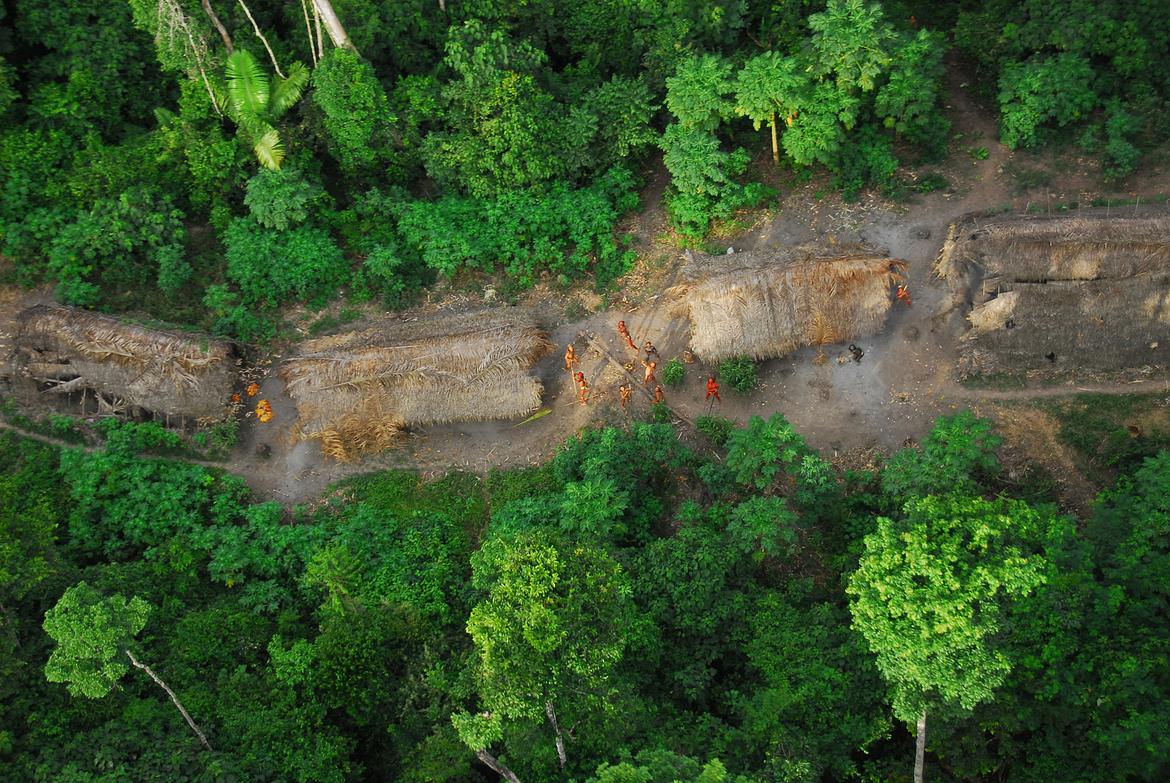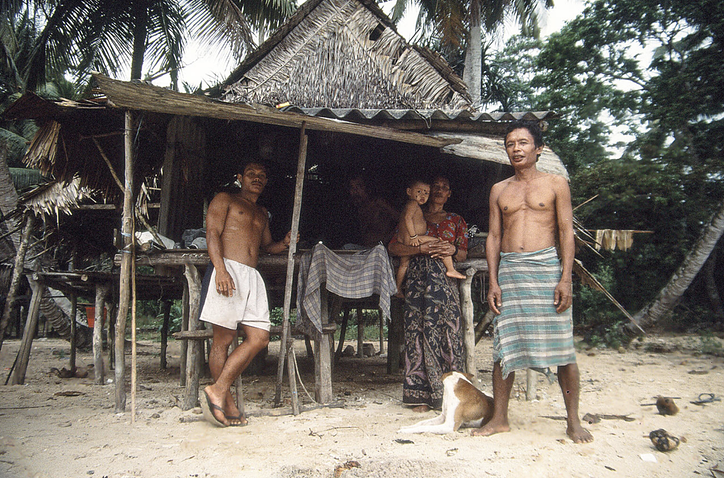The Nicobarese people are Indigenous to the Nicobar Islands of India, part of the Andaman and Nicobar island chain in the Indian Ocean.
Some 1,000 of the 30,000 Nicobarese live on Great Nicobar Island – they are threatened by an Indian-government mega-project aimed at turning their island into the “Hong Kong of India”.
They and their mostly uncontacted Indigenous Shompen neighbors face devastation from this catastrophic transformation of their island home.
The Nicobarese
An ocean-going people, the Nicobarese likely came to the islands some 5,000 years ago. As well as the Nicobarese and Shompen, the Andaman and Nicobar islands are home to other peoples like the uncontacted Sentinelese and the recently-contacted Ang (formerly known as the Jarawa). Expert fishers, the Nicobarese have a close relationship with the sea, but also hunt, cultivate gardens and raise pigs. Extended families traditionally live in large houses, with 20-30 people in each. The Nicobarese have a strong reverence for spirits whom they believe maintain the balance of life – they communicate with them through rituals.
The Nicobarese of Great Nicobar Island (which they call Patai Takaru) have shared their island with the Indigenous Shompen people for countless generations, together maintaining its high biodiversity. While most Shompen have no permanent contact with outsiders, some maintain reciprocal relationships with their Nicobarese neighbours.
Tsunami devastation
The 2004 Indian Ocean Tsunami had a terrible effect on the Nicobar Islands. As many as 10,000 Nicobarese people - around one in four of their total population - were killed as waves, up to 15 meters high struck the coastline.
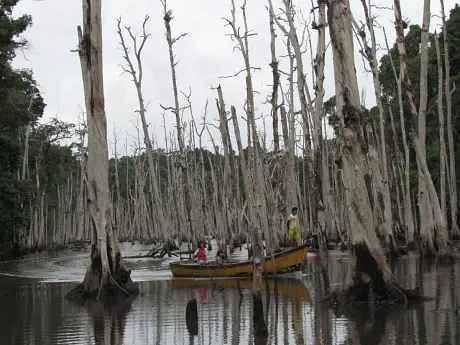 © Ajay Saini
© Ajay Saini
Most of the Nicobarese on Great Nicobar died, as the tsunami completely destroyed their villages. Most of those who survived were relocated to overcrowded settlements around the town of Campbell Bay. They have been stuck there ever since, living in miserable conditions with terrible health effects. For many years they have been asking the Indian government for permission to return to their old villages, but this has always been refused.
Mega-development and ‘the death of life.’
Now, the Indian government has other plans for their land – to turn Great Nicobar into the “Hong Kong of India” in a mega-development project which will totally transform the island. Millions of trees will be cut down, to be replaced by a mega-port; a city; an international airport; a power station; a defence base; an industrial park; and tourism zones, covering over 244 square km of land, including the Nicobarese’s former villages. The government also plans to settle up to 650,000 people there, a population the size of Las Vegas, and to bring in around a million tourists and other visitors every year.
The project will take up around a third of the island, half of it within the Nicobarese and Shompen’s official Tribal Reserve. Neither the Shompen nor the Nicobarese have given their consent, as required by both Indian and international law. When interviewed about what the cutting down of the rainforest would mean for the Nicobarese and Shompen, one Nicobarese man described it as “the death of life.”
If the project is built, the Nicobarese will never be able to return home to their villages. While they are not as vulnerable to outside diseases as the Shompen, their already precarious position means this project will be nothing short of catastrophic.
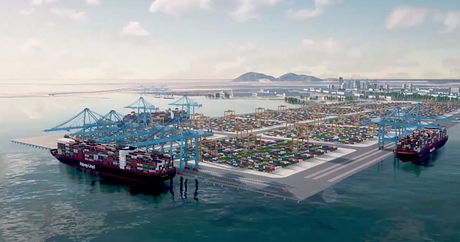 © Ministry of Ports, Shipping and Waterways
© Ministry of Ports, Shipping and Waterways
Survival is calling on people around the world to take action to ensure that this highly destructive project is stopped, for the Nicobarese to be able to return to their home villages and for both the Nicobarese and Shompen to be allowed to live on their island in peace, with their land rights recognized in full.
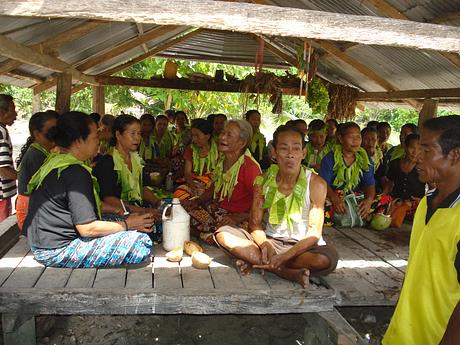 © The Nancowry Group of Tribal Councils
© The Nancowry Group of Tribal Councils
Join the mailing list
There are more than 476 million Indigenous people living in more than 90 countries around the world. To Indigenous peoples, land is life. Find out more about them and the struggles they’re facing: sign up to our mailing list for occasional updates.
